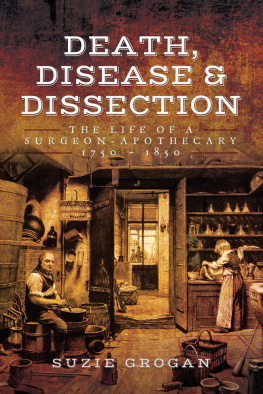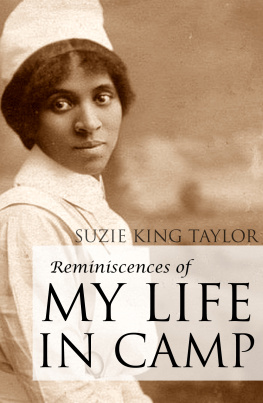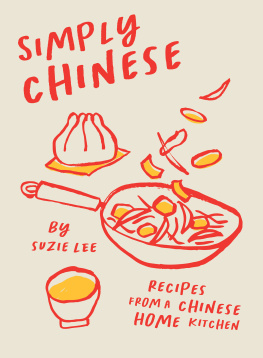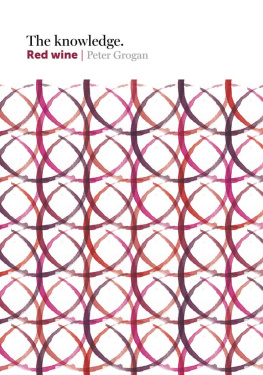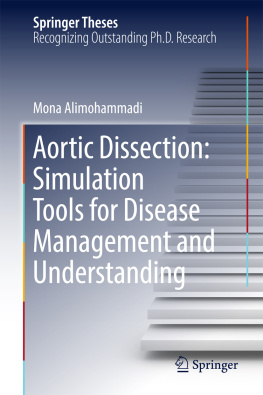Suzie Grogan - Death, Disease & Dissection
Here you can read online Suzie Grogan - Death, Disease & Dissection full text of the book (entire story) in english for free. Download pdf and epub, get meaning, cover and reviews about this ebook. year: 2017, publisher: Pen & Sword Books, genre: Religion. Description of the work, (preface) as well as reviews are available. Best literature library LitArk.com created for fans of good reading and offers a wide selection of genres:
Romance novel
Science fiction
Adventure
Detective
Science
History
Home and family
Prose
Art
Politics
Computer
Non-fiction
Religion
Business
Children
Humor
Choose a favorite category and find really read worthwhile books. Enjoy immersion in the world of imagination, feel the emotions of the characters or learn something new for yourself, make an fascinating discovery.
- Book:Death, Disease & Dissection
- Author:
- Publisher:Pen & Sword Books
- Genre:
- Year:2017
- Rating:5 / 5
- Favourites:Add to favourites
- Your mark:
- 100
- 1
- 2
- 3
- 4
- 5
Death, Disease & Dissection: summary, description and annotation
We offer to read an annotation, description, summary or preface (depends on what the author of the book "Death, Disease & Dissection" wrote himself). If you haven't found the necessary information about the book — write in the comments, we will try to find it.
Death, Disease & Dissection — read online for free the complete book (whole text) full work
Below is the text of the book, divided by pages. System saving the place of the last page read, allows you to conveniently read the book "Death, Disease & Dissection" online for free, without having to search again every time where you left off. Put a bookmark, and you can go to the page where you finished reading at any time.
Font size:
Interval:
Bookmark:

Death, Disease & Dissection
The Life of a Surgeon-Apothecary, 17501850
Suzie Grogan

First published in Great Britain in 2017 by
Pen & Sword History
an imprint of
Pen & Sword Books Ltd
47 Church Street
Barnsley
South Yorkshire
S70 2AS
Copyright Suzie Grogan, 2017
ISBN 978 1 47382 353 2
eISBN 978 1 47388 641 4
Mobi ISBN 978 1 47388 640 7
The right of Suzie Grogan to be identified as Author of this work has been asserted by her in accordance with the Copyright, Designs and Patents Act 1988.
A CIP catalogue record for this book is available from the British Library.
All rights reserved. No part of this book may be reproduced or transmitted in any form or by any means, electronic or mechanical including photocopying, recording or by any information storage and retrieval system, without permission from the Publisher in writing.
Pen & Sword Books Ltd incorporates the Imprints of Pen & Sword Books
Archaeology, Atlas, Aviation, Battleground, Discovery, Family History, History,
Maritime, Military, Naval, Politics, Railways, Select, Transport, True Crime,
Fiction, Frontline Books, Leo Cooper, Praetorian Press, Seaforth Publishing,
Wharncliffe and White Owl.
For a complete list of Pen & Sword titles please contact
PEN & SWORD BOOKS LIMITED
47 Church Street, Barnsley, South Yorkshire, S70 2AS, England
E-mail:
For Peter, always.
M any people have offered support in the writing of this book but I would particularly like to thank the staff at the Wellcome Library and The London Library for their expertise, and the libraries themselves for offering a wonderful space in which to work on my research trips to London.
A special thank you to John Ford MD FRCP who contacted me on behalf of the Society of Apothecaries and pointed me to some little-known but important biographies of interesting men of the period, and to Mike Rendell, not only a Georgian Gent, but a gentleman in the true sense of the word who offered his terrific knowledge of the period and lent me some very precious, original documents to photograph for this book.
Once again, I have been away on a number of occasions to concentrate on writing this book, and would like to send my love and thanks to my great friend Cornelia Marock and her family, who invited me to stay with them in Liechtenstein for a week of writing, when it looked as if I would never finish the manuscript. My daughter, Evie, also put me up, or put up with me, on research trips to London, which I know rather cramped her style. Thank you darling.
Thank you to my friends Sarah Whittingham, Angela Buckley and Gill Hoffs who have, at various times (and probably without knowing it) inspired me to keep writing and supported me when the task felt overwhelming. I wish them all very good luck with their own books, to be published in the coming months.
Sincere thanks to all at Pen and Sword for their hard work in bringing this book to publication, and a special mention for my husband Peter, for his endless patience, proofreading skills and constant supply of strong coffee.
I n the twenty-first century, we talk about going to see our GP as a first point of contact when we have a health worry. How many of us stop to consider, however, that the men and women, we make an appointment to see, are members of a long line of hard-working doctors who have been treating our minor health concerns and signposting us to other services for the more serious conditions, for more than 200 years? That their forbears were eighteenth and nineteenth century surgeon-apothecaries and a mixed band of practitioners, from the powerful physician and surgeon to the horse doctor and local nurse, working with what few tools they had to make us well?
The doctors of the late eighteenth and early nineteenth century were regularly lampooned in cartoons of the period as men willing to feed the worst fears of their patients and take their wealthy and worried-well patients for every penny they could squeeze out of them. The patients, too, were often seen as hypochondriacs with more money than sense, willing to try any weird and wonderful, but probably useless, preparation to cure themselves of an imagined ill, or the results of their overindulgence and dissipation.
In this book, I wanted to move away from that frequently bewigged stereotype and highlight some of the hard-working and idealistic men who, often by luck, have had their story noted down somewhere, and their diaries and ledgers uncovered for the wonderful social history they contain. At the same time, I wanted to address the context, the medical world within which they worked and the difficulties they faced. There were many practical obstacles, from affording apprenticeships and further training, to the social prejudice many of them faced throughout their working lives. From the late eighteenth-century Poor Law regulations, which allowed some of them to build up a practice that paid, to the post-1834 new Poor Law changes, which took away much-needed income and made it harder for the dedicated doctor to treat the poorest in his parish? What competition did they face? What conditions could they treat, and with what? What changes did they see in that period of great industrial upheaval and enlightenment thinking?
.) The social niceties of medicine are fascinating and the arguments between, and within, the different colleges could go to extremes.
At what point did the surgeon-apothecary appear, and when had he fully metamorphosed into the general practitioner? Irvine Louden in Medical Care and the General Practitioner offers an academic perspective on the period, with a vast array of statistics and detailed examination of the medical changes, and has found the first reference to general practitioner in a letter by one H written in 1809. He feels it isnt important to be specific about the dates but that, in this more general history, the change was almost complete by the end of the period and seems to be a label that changed as society changed; from the remnants of the mystical medicine of rural lives long past, to the mechanised, practical society of the industrial revolution and the reign of Queen Victoria. Medicine progressed in giant leaps as anaesthesia was identified, as the true causes of epidemics and the transmission of infection were recognised, and as doctors discovered there were ways that medicine, as well as surgery, could cure rather than just control. The label described the man, and eventually, it would describe the woman too.
Medical treatment and cure, rather than palliative medicines, were in their earliest stages of development in this period. There were no antibiotics of course, and no anaesthesia until towards the middle of the nineteenth century. The surgeon-apothecary would have been faced with many patients suffering a fever without any hope of identifying the cause so, despite the doctors best efforts, his treatment was often ineffective. He was there to offer comfort and reassurance, to give confidence to the patient and family, in the hope that it may aid recovery.
Conditions behind a general sickness were mainly unidentified diabetes, for example, was not identified until 1889, and it can cause a variety of symptoms that are easy to treat today but would have mystified many 200 years ago. Heart conditions could be treated by digitalis, the use of which was identified by William Withering in 1785, but in the early nineteenth century, its use was largely confined to treating oedema (swelling as water collects in the tissues). A lack of Vitamin C had been discovered as the cause of scurvy, and malaria responded to cinchona bark, a source of quinine. Pain could be eased with laudanum (a tincture of opium in alcohol, and highly addictive), and there were various cures for venereal disease. looks more closely at the practical and medical help a medical man could give, and the remedies at his disposal.
Next pageFont size:
Interval:
Bookmark:
Similar books «Death, Disease & Dissection»
Look at similar books to Death, Disease & Dissection. We have selected literature similar in name and meaning in the hope of providing readers with more options to find new, interesting, not yet read works.
Discussion, reviews of the book Death, Disease & Dissection and just readers' own opinions. Leave your comments, write what you think about the work, its meaning or the main characters. Specify what exactly you liked and what you didn't like, and why you think so.

